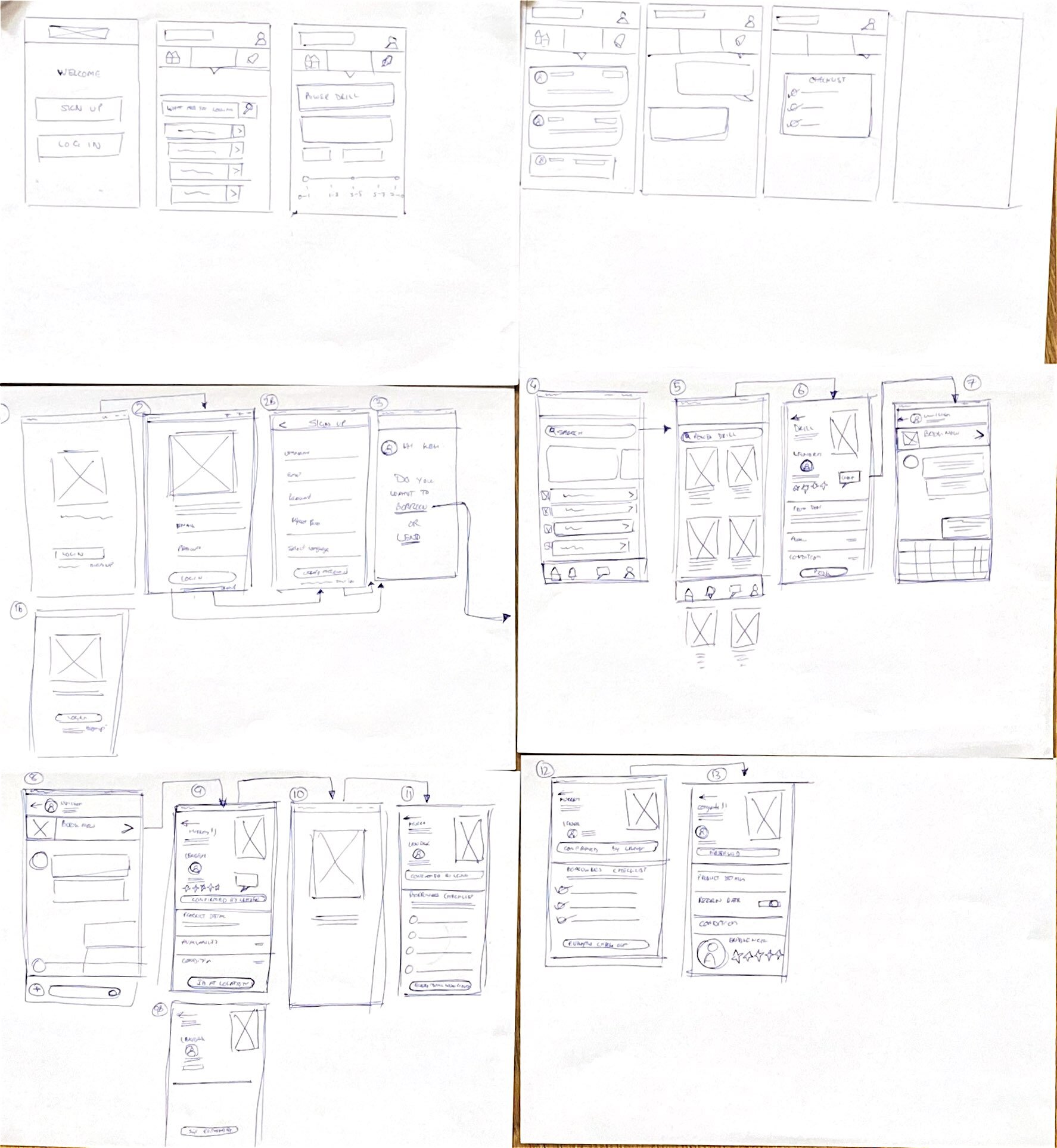Project details
Design Pitch
Year : 2020 | 1 Week Project
Categories : Interaction Design, Service Design
Design: Taresh Ghei
How can we foster trust in the borrowing and lending process so that people can borrow or lend without any apprehension?
Traditional sale and ownership of goods in the established markets are now being challenged by emergence of Peer to Peer consumption or collaborative consumption, where goods and services are shared between people and communities.
This is personified by the companies such as Uber, Lyft and Airbnb. While this is slowly gaining steam, there exist certain problems in this shared system. A deep research has found that trust is one of the key issues that people face when using a system which encourages borrowing and lending of goods and services.
LendIt was designed specifically to increase trust between lenders and borrowers and to create a process or ceremony when they come in contact with each other.
DESIGN PROMPT
“Keki needs a power drill. She wants to hang some paintings in her new rental apartment. She just moved to Amsterdam from Cape Town but doesn’t own a power drill. She wishes there was an easy way to help her borrow one from a neighbor. Design a solution that helps Keki borrow a neighbor’s power drill. What steps would Keki go through?”
STORYBOARDING & CONCERNS MAPPING
BORROWER CONCERNS
LENDER CONCERNS
SELECTED PROBLEM FOCUS
SKETCHING WIREFRAMES
Wireframes for the App service were sketched using paper and pen. These were then taken ahead and prototypes in Adobe XD.
INTRODUCING
A new Peer-to-Peer sharing service which incorporates a peer rating service as well as a mandatory digital checklist to ensure a smooth, frictionless borrowing and lending experience.
ELEMENTS OF TRUST
In order to improve the feeling of trust between the lenders and the borrowers, two elements were introduced - a Peer Rating system as well as a mandatory digital checklist, for both borrowers and lenders
Peer Rating System
Checklist
LEARNINGS
The service is highly localized so having a peer rating / review system is more meaningful as both types of users have a shared goal in mind - to borrow or to lend. On the other hand, the point is to build positive community relations and help each other, so having everyone review each other might not be such a good idea.
The rating / reviewing system adds a layer of reassurance to users since it is implied that the ratings and reviews have come from other like minded people in the community.
Both Borrowers and lenders have their checklists. For borrowers, the checklist is to make sure that the items are as advertised and are in good working order. For lenders, the checklist is for when they receive the product from the borrower.
This is a type of behavioral nudge which emphasizes on good conduct. It creates a sort of ceremony where the borrower or lender go through the checklist together.
You cannot borrow or return a product unless all or most of the options are checked. This also adds an additional layer of trust and makes it easy to resolve disputes, and make sure that lenders always post honest product descriptions.













